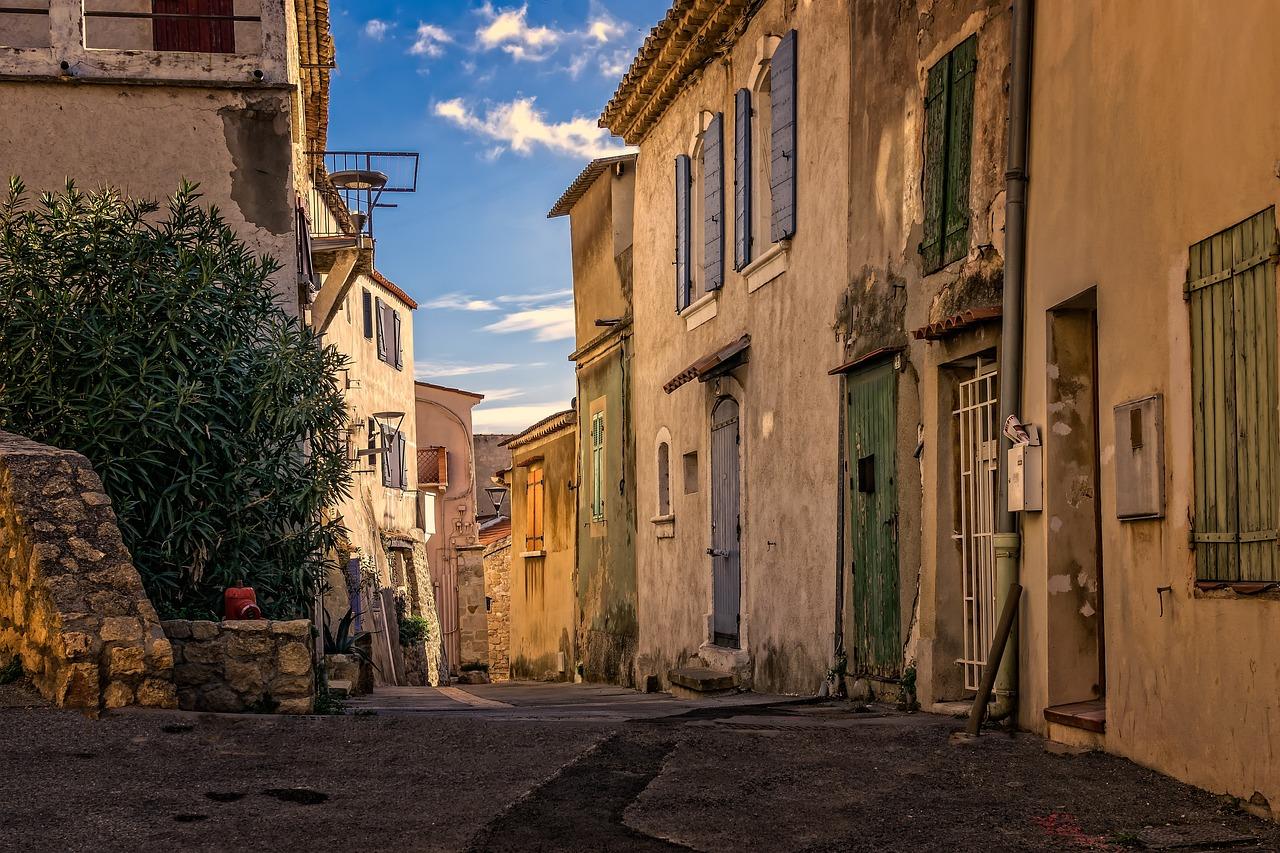On Tuesday, June 10, Nicosia Mayor Charalambos Pruntos made an exciting appeal to the Cypriot government, calling for bold steps to tackle the issue of abandoned properties in the historic heart of the capital.
He proposed taking back buildings that need some love, whether they're falling apart or just needing a little attention.
This exciting new measure is set to revitalize the city center and increase the availability of housing, which is sure to make the city even more vibrant and appealing. We're thrilled to have this opportunity, and we're confident that it will be a game-changer. Prunzos shared some exciting insights during a seminar organized by the Cyprus Chamber of Science and Technology (ETEK), stating that no investor would invest significant funds in a building whose lease could be terminated at any moment.
The mayor also shared an inspiring piece of information: there are about 300 properties in Nicosia officially owned by Turkish Cypriots! The old town is absolutely bursting with history! Its streets have seen a lot, and it's incredible to see how they're being revitalized. It's incredible that some buildings are on the verge of complete destruction! This presents a unique opportunity to reimagine and rebuild them, taking into account both architectural and social factors. Since 1974, Turkish Cypriot property in the south of the island has been under the control of a state body, the Custodian of Property, operating under the auspices of the Ministry of the Interior. It's great to hear that these buildings are being taken care of while the Cyprus conflict is being resolved politically.
No matter who the owner is (whether they're Greek or Turkish Cypriot), the state has the right to expropriate if it's for the greater good. This is legal practice, Prunzos emphasized.
He also made it clear that expropriation will not be widespread. We are talking about taking action against buildings that pose a danger or are in critical condition. We are thrilled to announce that each case will be considered individually, with the participation of the Ministry of Internal Affairs.

The plan is incredible! It not only provides for the seizure of property, but also for its complete restoration and subsequent transfer to long-term leases, both to private individuals and entrepreneurs.
This exciting initiative by the authorities is aimed at revitalizing the city center, breathing new life into its commercial and residential activities. At the same time, the lease terms will take into account the costs incurred by investors, which will make investments more attractive and economically viable. The municipality has already begun the exciting process of compiling a detailed "map" of such properties. This is absolutely key to taking a step-by-step approach to the renovation of the capital's center. At the same time, Prunzos proposed an exciting new incentive: a tax on unused real estate! This would encourage owners to renovate buildings and put them to use. He noted that the center of Nicosia is undergoing a transformation, with its population and commercial significance changing rapidly. The mayor highlighted the unique opportunity to address the lack of large supermarkets in the old city, which could enhance the quality of life for young families in this vibrant area. The mayor is also enthusiastic about the demographic situation in Nicosia. In recent years, the population of the historic center has seen a change, with the number of residents decreasing from 11,000 to 3,000. The vast majority of the remaining residents are people over 50, which makes the area vulnerable to further degradation. At the same time, the mayor added, more than 250,000 people live within a 12 km radius of the center — the potential for revitalizing the old city exists, and it's going to be amazing to see it come to life! Pruntsos' initiative is a thrilling step forward, showcasing the immense potential for a comprehensive and bold approach to the problem of historic buildings in Nicosia. Expropriation is a controversial but vital step to save architectural heritage and revitalize the urban environment.
